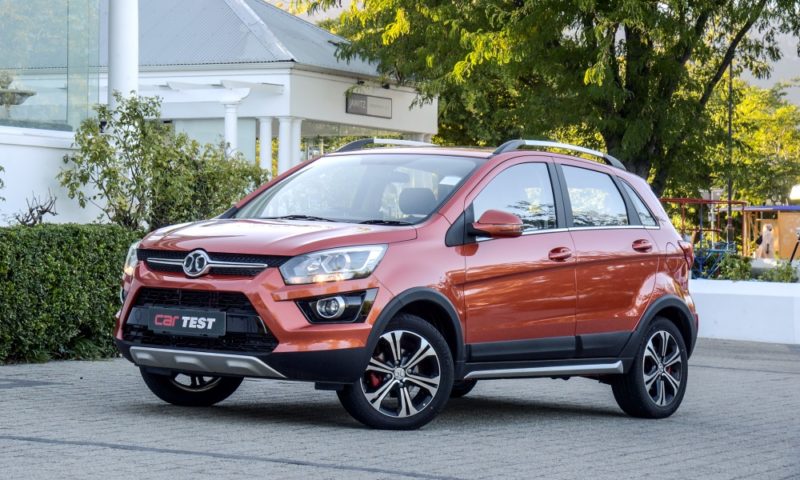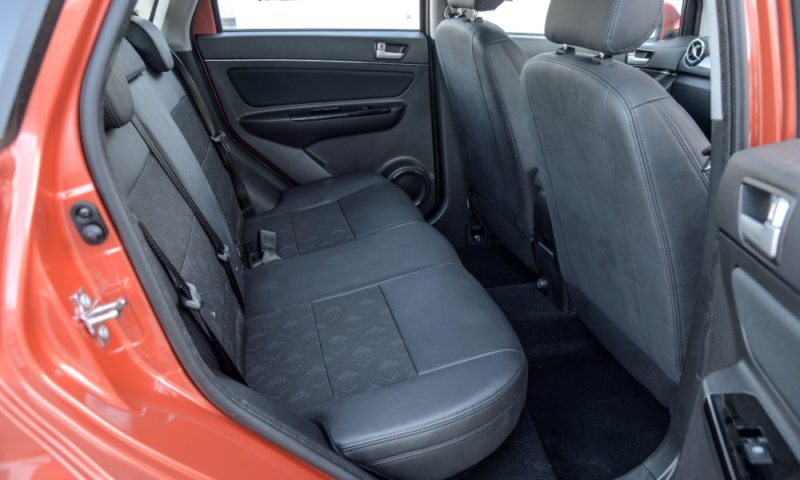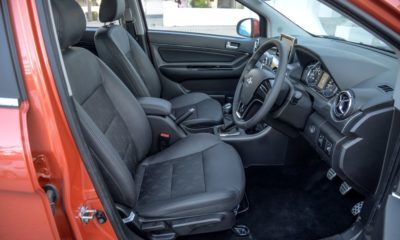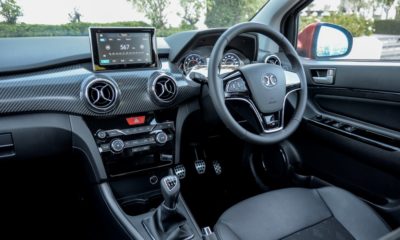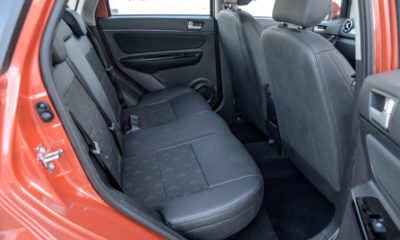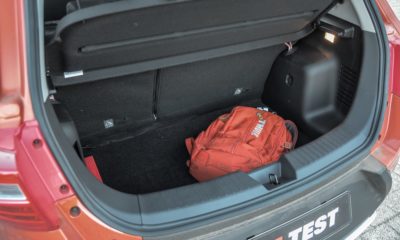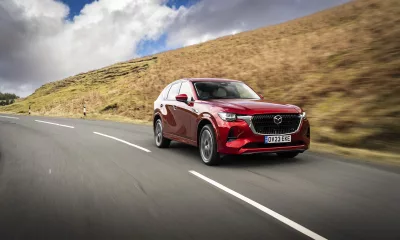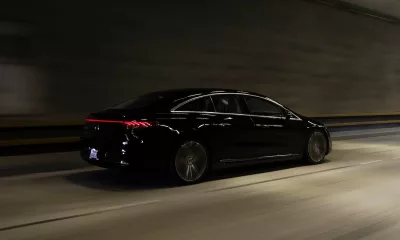A new Chinese importer (and soon a local assembler) joins our market and jumps straight into a competitive segment…
No doubt an unfamiliar brand to most South Africans, let’s start with some background. The BAIC (Beijing Automobile International Corporation) Group is the latest Chinese company to enter the South African market and is state-owned in its home market. In the automotive sphere, BAIC has joint ventures with both Mercedes-Benz and Hyundai, a result of Chinese trade agreements that require global companies entering the domestic Chinese market to partner with a local company.
BAIC has also invested heavily in South Africa and, in 2016, signed a massive R11-billion investment deal with the Coega Development Corporation to include a completely knocked-down assembly plant near Port Elizabeth, from which the vehicle in this test will eventually be one of the models produced.
In South Africa, BAIC’s range currently consists of the D20 hatchback and sedan, as well as this X25 crossover (the introduction of a larger SUV and double-cab bakkie are planned for the near future). Similar in size and concept to a vehicle such as the Ford EcoSport, the X25 rides slightly higher off the ground than standard hatchbacks, with dark cladding, silver side sills and grey front and rear bash plates lending it the desired faux-off-roader personality. Visually, it can look a little top heavy, though, with a high roof and narrow tracks that make the wheels appear tucked in.
Ultimately, the exterior design might not be as mainstream as current models from Europe and the Far East, but it is distinctive and the standard fitment of roof rails provides the possibility of adding additional equipment. The underlying chassis architecture is, of course, a key element of any vehicle, especially in terms of safety. According to BAIC – and resulting from its relationship with Mercedes-Benz – this platform is based on that of the previous generation Smart ForFour.
In our market, the X25 is offered in Comfort and Fashion derivatives, and both these trim levels are available with a five-speed manual transmission or a four-speed automatic. Small feature differences separate the spec levels, while one of the attractive standard additions to the Fashion model is an electric sunroof.
Press the unlock button on the key fob and there is a harsher-than-usual sound as the mechanism unlocks the doors; often a sign of cost savings on sound-dampening materials. In fact, from the moment you open the driver’s door, there is an immediate feeling of lightness to the car. Indeed, it is lithe, tipping our scales at just 1 153 kg; by way of context, a current Ford EcoSport 1,5 comes in at 1 275 kg. There are, of course, performance benefits to low mass but it can also make the car feel less solid and sturdy than its competitors.
Climb inside and that high roof affords plenty of headroom in the front but less so in the rear. The cloth and polyurethane seats are comfortable, while the rear offers a welcome amount of legroom. We’ve became accustomed to the strong glue-like smell of most cars originating from China – Havals appear to be the exception – and this X25 is no different.
BAIC’s relationship with Mercedes-Benz is visually evident, too, with exterior door panels similar in design to previous Mercedes-Benz B-Class models. The dashboard layout, with its pseudo-carbon-fibre look and the design and operation of the air vents, is clearly also based on those found in its German partner. As you would expect at this price point, though, it doesn’t have the same quality in feel and fitment. There’s piano-black plastic detailing round the infotainment screen, facia and steering wheel, with these hard surfaces offset by a leather-trimmed steering wheel that is pleasant to the touch. The position of the seven-inch infotainment touchscreen is again similar to that of many Mercedes-Benz products and it is intuitive to operate, offering features such as Bluetooth connectivity (including streaming), smartphone mirroring for Apple and Android devices, USB and HDMI sockets, a Panasonic-developed sound system, as well as a reverse camera (exclusively in this Fashion derivative).
The moment you press the starter button, the engine turns with a harsher sound than its competitors, and that gruff note infiltrates the cabin. It is, however, a willing little unit that’s happy to rev to the 6 500 r/min redline, but it is only beyond 4 000 r/min that it performs at its best (although it does turn intrusively rowdy at that point). Having said that, unless you are in a hurry or want to overtake slower-moving traffic, it is rarely necessary to rev it to the redline.
The gearbox shifts with little effort and there is a decent level of suspension absorption, with only harsh road imperfections unsettling the car. The X25 does suffer from some pronounced body roll, which makes any exuberant cornering an unsettling affair although, in fairness, it is not something for which this vehicle was designed.
On our test strip, the X25 covered the dash to 100 km/h in a class-competitive time of 12,72 seconds, which is well within the parameters of what we expected, but the braking tests were less satisfactory. With an average braking time of 3,80 seconds, it scores a “poor” rating on our chart. That, however, is but half of it. During our standard 10-stop braking tests from 100-0 km/h, the ABS activated only twice. When it did, it was operational only right at the start of the braking manoeuvre rather than remaining active right until the car came to a complete stop.
During the other eight tests, the brakes didn’t provide enough stopping power for the ABS function (with EBD) to kick in, leaving the driver with the impression that the car was coasting to a halt instead of stopping as quickly as possible. By comparison, when we tested a Ford EcoSport 1,5 TDCi Trend in 2013, it recorded a braking time of 3,06 seconds, rating as “good” on our index.
Road test score
|
|
|
|
